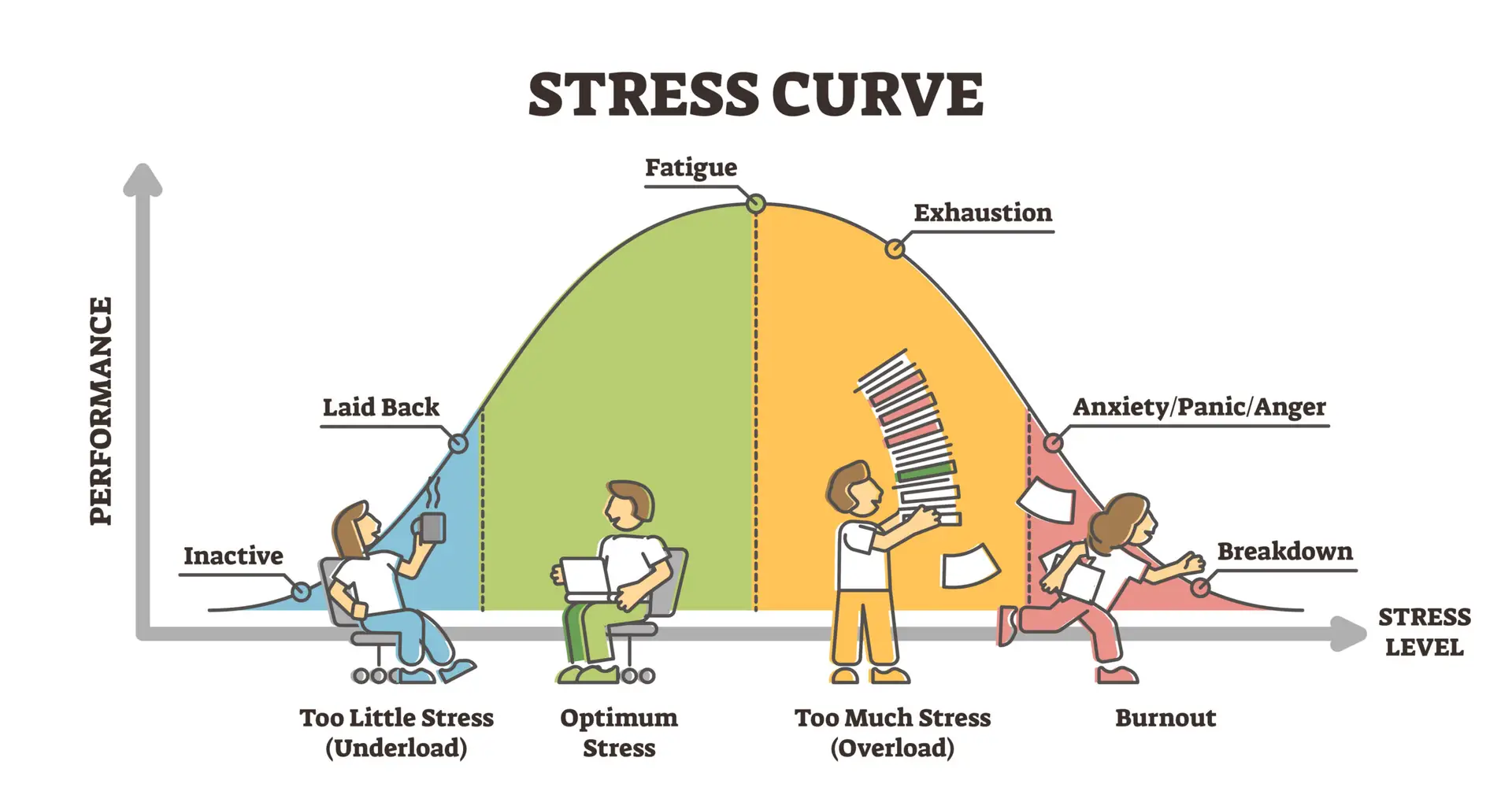In the fast-paced modern workplace, traditional time management techniques are no longer sufficient to maintain high productivity and employee well-being. While managing our time effectively is crucial, energy management offers a more holistic and sustainable approach to optimizing performance. After all though time is the same throughout the 24 hours we have daily, doing a task at the peak of your energy e.g. 9:00 am is not the same as if you do it after 7:00 pm when your energy is almost run out. Understanding and managing energy—physical, emotional, mental, and spiritual—can lead to greater productivity, job satisfaction, and overall well-being.
The Limitations of Time Management
Time management has long been the highlight of productivity strategies. Techniques such as prioritizing tasks, setting deadlines, and using tools like calendars and to-do lists help workers organize their schedules and meet their goals. However, time management often fails to account for the natural fluctuations in our energy levels and the impact of stress and burnout on our performance.
Employees may find themselves strictly adhering to a schedule, only to feel exhausted and unmotivated. This approach can lead to diminishing returns as physical and mental fatigue set in, reducing the quality of work and increasing the likelihood of errors.
The Concept of Energy Management
Energy management takes a more comprehensive approach by recognizing that our productivity is not solely determined by the hours we work but by the quality of energy we bring to those hours. This concept, popularized by Tony Schwartz and Jim Loehr in their book “The Power of Full Engagement,” emphasizes managing four types of energy:
- Physical Energy: The foundation of all other energies, physical energy is maintained through proper nutrition, regular exercise, sufficient sleep, and effective stress management.
- Emotional Energy: Positive emotions like joy, gratitude, and optimism can enhance performance and resilience. Emotional energy is managed by cultivating supportive relationships and maintaining a positive outlook.
- Mental Energy: Focus and concentration are crucial for productivity. Mental energy is optimized by engaging in tasks that match one’s skills and interests, taking regular breaks, and minimizing distractions.
- Spiritual Energy: This relates to having a sense of purpose and alignment with one’s values. Spiritual energy is nurtured by doing meaningful work and connecting with a larger purpose.
Implementing Energy Management in the Workplace
- Encouraging Regular Breaks: Research shows that taking regular breaks can help maintain high levels of productivity and creativity. The Pomodoro Technique, for example, involves working for 25 minutes followed by a 5-minute break, helping to keep energy levels consistent throughout the day.
- Promoting Healthy Lifestyles: Employers can support physical energy management by providing resources for healthy eating, opportunities for physical activity, and initiatives that promote adequate sleep and stress reduction.
- Fostering a Positive Work Environment: Creating a supportive and positive work culture can enhance emotional energy. Recognizing achievements, providing constructive feedback, and fostering teamwork can improve overall morale and energy.
- Offering Flexible Work Arrangements: Flexibility in work hours and locations can help employees manage their energy better by allowing them to work during their most productive times and in environments that suit them best.
- Aligning Work with Values: Ensuring that employees understand how their work contributes to the company’s mission and aligning tasks with their personal values can boost spiritual energy and engagement.
- Providing Opportunities for Skill Development: Continuous learning and development opportunities can help keep mental energy high by challenging employees and keeping them engaged in their work.
The Benefits of Energy Management
Adopting an energy management approach can lead to numerous benefits for both employees and organizations. Employees who manage their energy effectively tend to experience lower levels of stress and burnout, higher job satisfaction, and better overall health. Organisations benefit from higher productivity, improved employee engagement, and reduced turnover rates.
Conclusion
In conclusion, while time management is essential, it is no longer sufficient in addressing the complexities of modern work life. Shifting the focus to energy management allows for a more comprehensive approach to productivity and well-being. By understanding and managing our energy levels, we can achieve sustained high performance and a more fulfilling work experience. This holistic approach not only enhances individual productivity but also contributes to the overall health and success of the organization. With all this said, it is quite important to extend energy management to one’s personal life, in our next article, we will cover this angle of personal life and work balance perspective.





